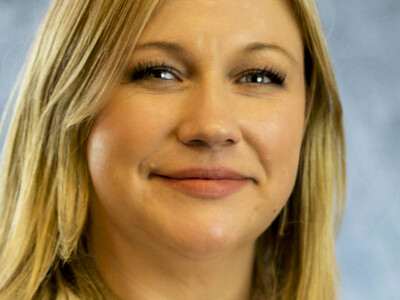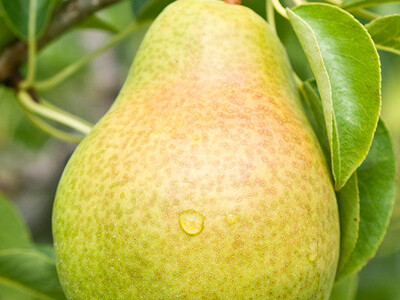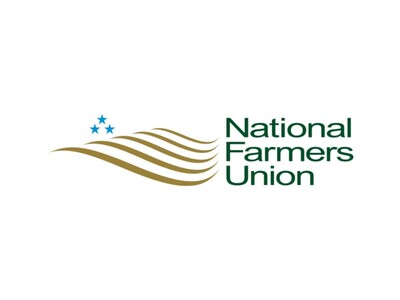Sommlight Wine Podcast Pt 3
With today’s Fruit Grower Report, I’m Bob Larson. Interested in learning more about the workings of Washington’s wine industry? Then check out a new podcast, ‘Sommlight’ put together by the Washington Wine Commission.The Commission’s David Flaherty hosts Sommlight which is available in three different formats …
FLAHERTY … “There’s a 1.5-minute social media ‘teaser’ that we call it that goes out at the start of each week. That just kind of give you the 1-minute version of what it’s like to get to know these people. Then there’s the 10-to-15-minute edited, produced version that we put on all over social media. And, then there’s the long-form audio podcast for that like to listen to podcasts. So, you can either dial in to the short one, the long-form, or all three and really have a different experience.”
To find Sommlight, Flaherty says it couldn’t be easier, beginning with their website …
FLAHERTY … “ www.sommlight.com , and also our website for the Washington State Wine Commission is www.washinigtonwine.org . We have a new website called www.drinkforwa.com and under the ‘people’ section you’ll have a whole page just on Sommlight.”
Flaherty says they hope to make Washington wine relatable …
FLAHERTY … “There’s a unique spirit in Washington, right now in particular. There is an energy here, there is a collaborative-ness here, there is a sense of experimentation, there’s a sense of ‘we’re just getting started,’ but man we have really got our feet on the ground, we’re on the world stage and our best years are yet to come and as an industry we’re really building those bridges to the future.”
Again, learn more at www.sommlight.com , or the Washington State Wine Commission website www.washinigtonwine.org , or the new website www.drinkforwa.com
####
BL: Welcome back to another “Fruit Bites” brought to you by Valent U.S.A. With us again is Valent’s Allison Walston. And this week Allison, let’s talk about the process of getting pesticides registered.
AW: All pesticides, even organic, are regulated through the EPA (environmental protection agency). A company can spend over $330 million dollars on regulatory and development costs including residue work, environmental fate, toxicity to animals and nontarget organisms, formulations, crop safety and efficacy against the targeted pests. Then finally after about 10 years, we can write a label recommendation for use.
BL: that process takes 10 years?
AW: at least sometimes upwards to 15 years on a 17-year patent. Once the data package is submitted to EPA for their review, add another 2-3 years before the pesticide is registered. Very few of the experimental products that I test in my R&D role, even make it to the market. But every so often, a product makes it through all the hurdles and gets registered.
BL: Well, thanks Allison. Join us again next time for Fruit Bites, brought to you by Valent. Until then, I’m Bob Larson.

















